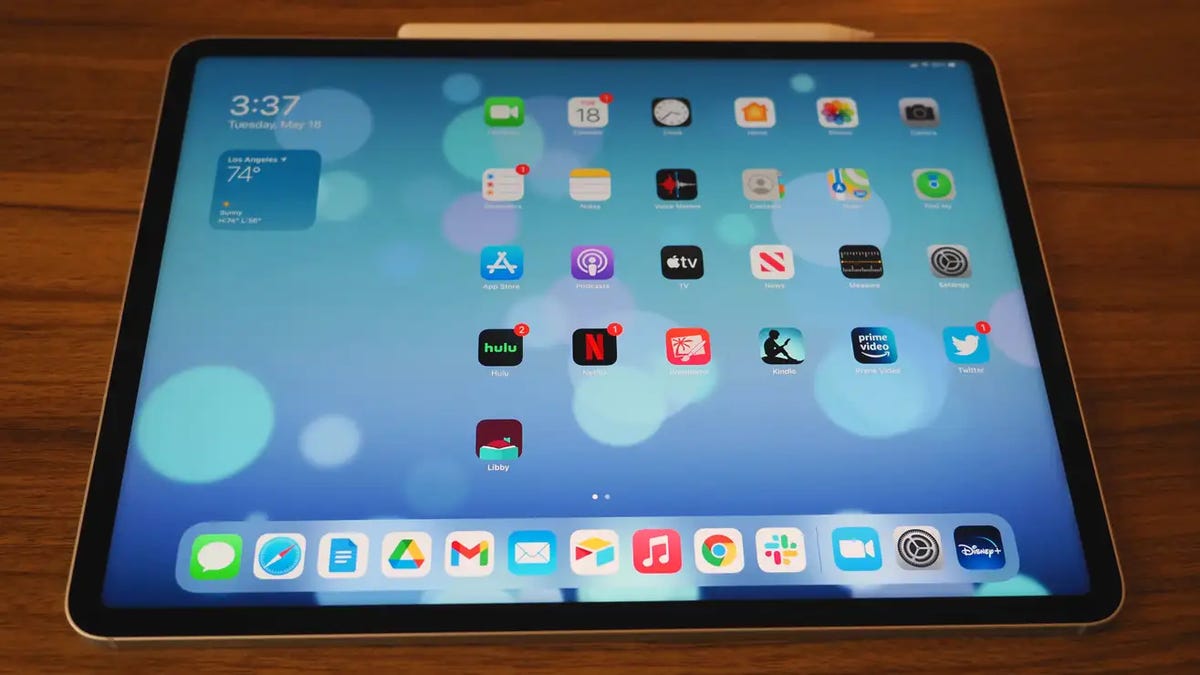Google Maps Is Adding Indoor Live View and 100+ Other Features


It’s hard to imagine a time when people still relied on paper maps and printed directions, but we’ve come a long way. To celebrate, Google today announced that more than 100 AI-powered updates are coming to Google Maps in 2021. Yes, that’s right: 100.
The biggest new addition to Google Maps is support for indoor mapping—which Google calls Live View—which helps you navigate through malls, airports, and other massive indoor spaces by holding your phone up and using its cameras to bring up augmented reality directions on-screen. Google said the goal for Live View was to bring the standard Google Maps experience to popular indoor locations where it’s not as easy to grab a GPS signal and there are no street signs or other visible location markers.
Live View is based on Google’s Global Localization tech, which uses AI to scan billions of Street View photos and then uses that info to pinpoint your location and orientation. Not only will Live View help direct you where you need to go using arrows and overlays, it will also display icons for important spots like ATMs, bathrooms, or even a check-in counter or baggage claim at an airport. The only hardware requirement for Live View is that your phone supports either Apple’s ARKit specs or Google’s ARCore, which is something most newer phones already do.
Currently Live View is available at a handful of select Westfield malls across the U.S. in Chicago, Long Island, L.A., Newark, San Francisco, and Seattle. In the coming months, Google said support for Live View will be added to more airports, malls, and transit centers in Tokyo and Zurich, with wider expansion to other cities coming later this year.
G/O Media may get a commission
Aside from indoor mapping, Google is hoping to provide greater context and info about the routes you pick, so the company is adding new weather and air quality “layers” to Google Maps. The new layers will be available as extra Map Detail options, with the weather layer (sourced from forecasts from the Weather Company) providing standard temperature and precipitation info, while the air quality layer provides both smog and certain allergy alerts. Google said the weather layer will be available globally, and air quality is launching first in the U.S., Australia, and India, with other countries to follow.

Meanwhile, for people concerned with how their travels might impact the environment, Google is rolling out new eco-friendly routing options developed in collaboration with the National Renewable Energy Lab. Going forward, users will be able to choose routes that are optimized for speed or to reduce things like congestion or traffic that might in turn help reduce fuel consumption, with a number of options in between.
Google said that soon Google Maps will even default to the route with a lower carbon footprint, assuming the more eco-friendly route and the traditional fastest route have “approximately the same ETA.” That said, you can always adjust your settings in Google Maps to prioritize what kind of routes you’d like to use on a more regular basis.
And in parts of the world where local governments have started setting up low-emission zones, Google will also highlight those areas while providing specific info on the kinds of vehicles that can enter those areas along with any other pertinent travel restrictions. Low-emission zone alerts are expected to start rolling out in Germany, the Netherlands, France, Spain, and the U.K. starting in June on Android and iOS, with mores countries coming “soon.”
And as the final piece of Google’s latest efforts to reduce transportation’s environmental impact, the company will start suggesting a wider range of transportation methods for its suggested routes, including the use of biking or bike shares, public transportation, and more. Google said it will even prioritize certain methods of transportation depending on the city you’re in to help maximize efficiency, opting for the subway in cities like New York, or bikes if Google already knows that’s a common way you get around.
Looking forward, to help adjust to the way the pandemic has changed the way we travel, Google will also start showing more detailed shopping info in Google Maps so you can figure out delivery options, potential delivery times, order minimums, delivery fees, and more. To start, Google is working with Instacart and various Albertsons stores across the U.S. before expanding to other partners in the future.

Also, to help support increased demand for curbside pickup, Google is launching a pilot program with Fred Meyers stores in Portland, Ore., to make it easier to organize and schedule your purchase. After checking out, you can simply enter your curbside pickup information in Google Maps, and from there Google will send you a notification when it’s time to leave and share your location with the store so your order has a higher chance of being ready right when you arrive.
And looking even further into the future, Google said it’s also planning on leveraging AI and photogrammetry to create more accurate 3D route previews that seamlessly blend Street View photos, satellite imagery, and AI-powered renders into a continuous high-quality itinerary to better guide you on your journeys.
Regardless of how you use Google Maps, it seems like Google is using the power of AI to improve its functions in some way or another, so keep your eyes peeled as these features start rolling out to more cities now and throughout 2021.
Source link





